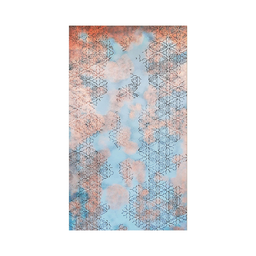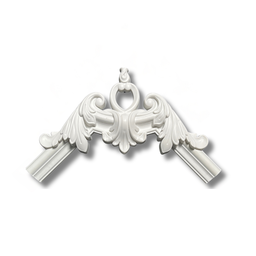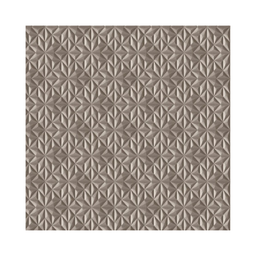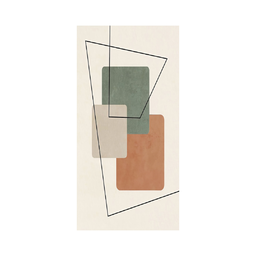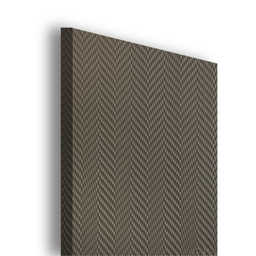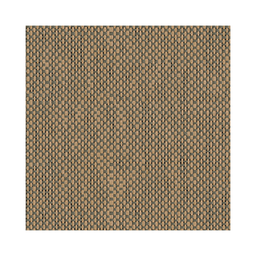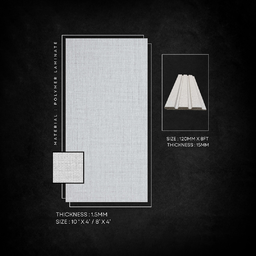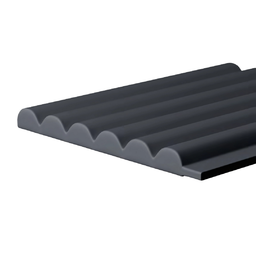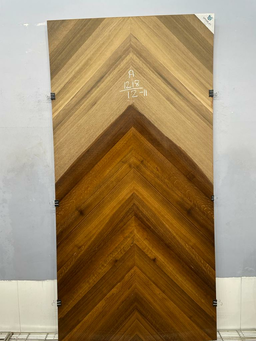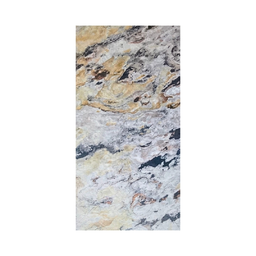Those who are environmentally conscious are aware of the increased need for sustainable alternatives. Interior Design isn’t exempt from this revolutionary change. Sustainability in interior design aims to create environmentally responsible spaces. Individuals and businesses are also recognizing this and many are aiming to reduce their carbon footprint to promote eco-conscious living.
In Interior Design, this begins with eco-friendly material selection. In this introductory guide, we explore these options and understand the benefits of creating sustainable living spaces.
“Sustainability can't be like some sort of moral sacrifice or political dilemma or a philanthropic cause. It has to be a design challenge.” ~ Bjarke Ingels
To practise sustainability in your interior designs, use eco-friendly alternatives for various surfaces, furnishings, other interior elements, and raw materials. Fabric wall panels, cork sheets, bamboo, rattan, cane, glass, natural stone, and jute offer both elegance and functionality without compromising on environmental consciousness. Whether revamping or building your space from scratch, these materials provide sustainable living solutions to minimize environmental impact.
Fabric Wall Panels are Here to Stay for Years!

Fabric Louvers & Planks offer a natural alternative to traditional wall coverings. Made from recycled materials or natural fibres such as organic cotton or hemp, these create well insulated and regal spaces. Designers can reduce the environmental impact of their projects without compromising on functional and aesthetic sensibility, with such fabric alternatives to traditional panelling.
Cork isn’t just for Wine Bottles!

Cork is a renewable resource harvested from the bark of cork oak trees. Mostly known to be used as stoppers for wine bottles, cork has many more uses due to its versatility.
Cork sheets can be used for wall surfaces and furniture. Due to being biodegradable, recyclable, and resistant to moisture, mold, and mildew, it also offers timeless durability. By incorporating cork materials, designers can create environmentally friendly spaces that promote health and well-being.
Let’s Bamboo-zle Your Interior Designs

Bamboo is a crucial element in the balance of oxygen and carbon dioxide in the atmosphere. Using bamboo over softwood effectively reduces carbon footprint and helps fight global warming. The incredible strength of bamboo makes it a viable choice for flooring, furniture, and decor items. The ability to regenerate quickly makes it one of the most sought after options for sustainable interior materials.
Bring Home the Rustic Aura of Rattan Materials

Rattan is harvested from wild trees and is therefore lightweight, durable, and biodegradable. It’s been used to create furniture, but nowadays, designers are increasingly incorporating rattan sheets as yet another environment-friendly alternative to synthetic materials. With Rattan sheets, designers can create beautiful spaces while promoting sustainability and supporting local economies.
Cane is Yet Another Treasure from Nature’s Bounty

Cane is a natural material obtained from rattan palm trees. Products made from it are lightweight and durable. Cane adds a touch of natural rustic elegance to living spaces. It can be used as seating, lighting, and decorative accents, as an excellent choice for sustainable interior design.
Glass has been Leading the way with Transparent Sustainability

Glass is a versatile material that can be recycled indefinitely without losing its quality or purity. From windows and doors to partitions and countertops, glass offers transparency, durability, and thermal efficiency in interior applications. By incorporating recycled glass into interior design projects, designers can reduce the demand for virgin materials and minimize waste and contribute to a more sustainable built environment.
Natural Stone Combines Abundance and Sustainability Really Well!
Natural stone offers timeless beauty and durability due to its texture and strength. While the extraction and transportation of natural stone can have environmental impacts, opting for locally sourced and reclaimed stone can be a great sustainable choice. As natural stone requires minimal maintenance, it is an environmentally viable choice for flooring, countertops, and architectural features.
Jute is forever cute!

Jute is a natural fibre derived from the stems of jute plants, which are primarily grown in tropical regions. Known for its strength and biodegradability, jute is commonly used to create rugs, textiles, and decor items. By incorporating jute into interior design schemes, designers can choose to support sustainable
Mindful selection of interior materials is the need of the hour for sustainable interior design. Living spaces must also promote responsibility towards the environment. Therefore, by choosing eco-friendly materials, designers can reduce the environmental impact of their projects while creating beautiful and functional interiors.
Also Read: 8 Design Tips To Use Wood Elements In Home Interiors
Frequently Asked Questions
1. What are the benefits of choosing sustainable interior materials?
Sustainable materials reduce environmental impact, improve indoor air quality, and support eco-conscious practices.
2. How can I identify sustainable interior materials?
You may look for BSI or other certifications to correctly identify sustainable materials.
3. Are sustainable interior materials more expensive than conventional materials?
While initial costs may be higher for sustainable interior materials, long-term savings from durability and energy efficiency often outweigh the upfront expenses for commonly used materials.








